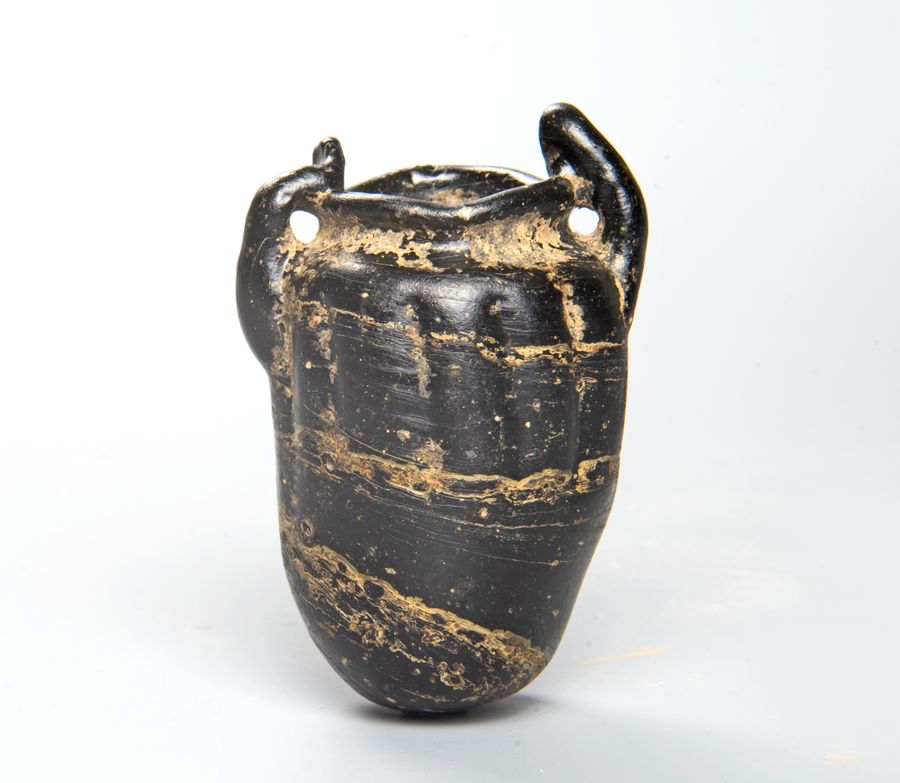featured item
jewish roman ritual batillum (incense shovel)
- View other items in:
- antiquities
- roman
timesancient
Enquire about this antique
TimesAncient has 16 antiques for sale.
click here to see them all
A bronze ritual incense shovel with a semi-cylindrical handle with decorative terminal, leading to a rectangular tray with sides. The reverse of the tray has a lion’s paw support and four short legs such that the shovel can stand in a horizontal position. Supplied with a purpose-made modern acrylic display stand.
Antiques.co.uk Ref: BEW2RDFQ7
- Materials:
- Bronze
- Width (cm):
- 28.5
Please note that this price may NOT include delivery charges which the seller may charge extra for.
TimesAncient
We have been dealing in antiquities, ancient antiques and items of archaeological interest since the late 1980's, and have sold thousands of items to collectors all over the World, including the British Museum and other leading museums. Timesancient is a member of the ADA, the Antiquities Dealers Association. All items are supplied with an illustrated certificate of authenticity (COA) ie. a guarantee (with no time limitation) that the item is authentic and complies with the date and description supplied. We are committed to the ethical purchase of all items of historical significance that we offer. We will never knowingly engage in the purchase of objects whose provenance or ownership history is deemed to be dubious. All ancient items offered for sale on our website are purchased from legitimate sources. These include old private collections, auction houses, legal finders and responsible dealers within the ancient art market. The antiquities and ancient art that we sell include ancient artifacts from the major cultures of the ancient world such as Egyptian, Greek, Roman, Near East, Chinese, Luristan, Pre-Columbian, and items can be such as ancient pottery, weapons, figures, glass, ushabtis and amulets.
Contact details
The Quay
Shoreham By Sea
East Sussex
BN43 5JP
UNITED KINGDOM
T: 07503789204
E: timesancient@gmail.com
W: timesancient.com
















